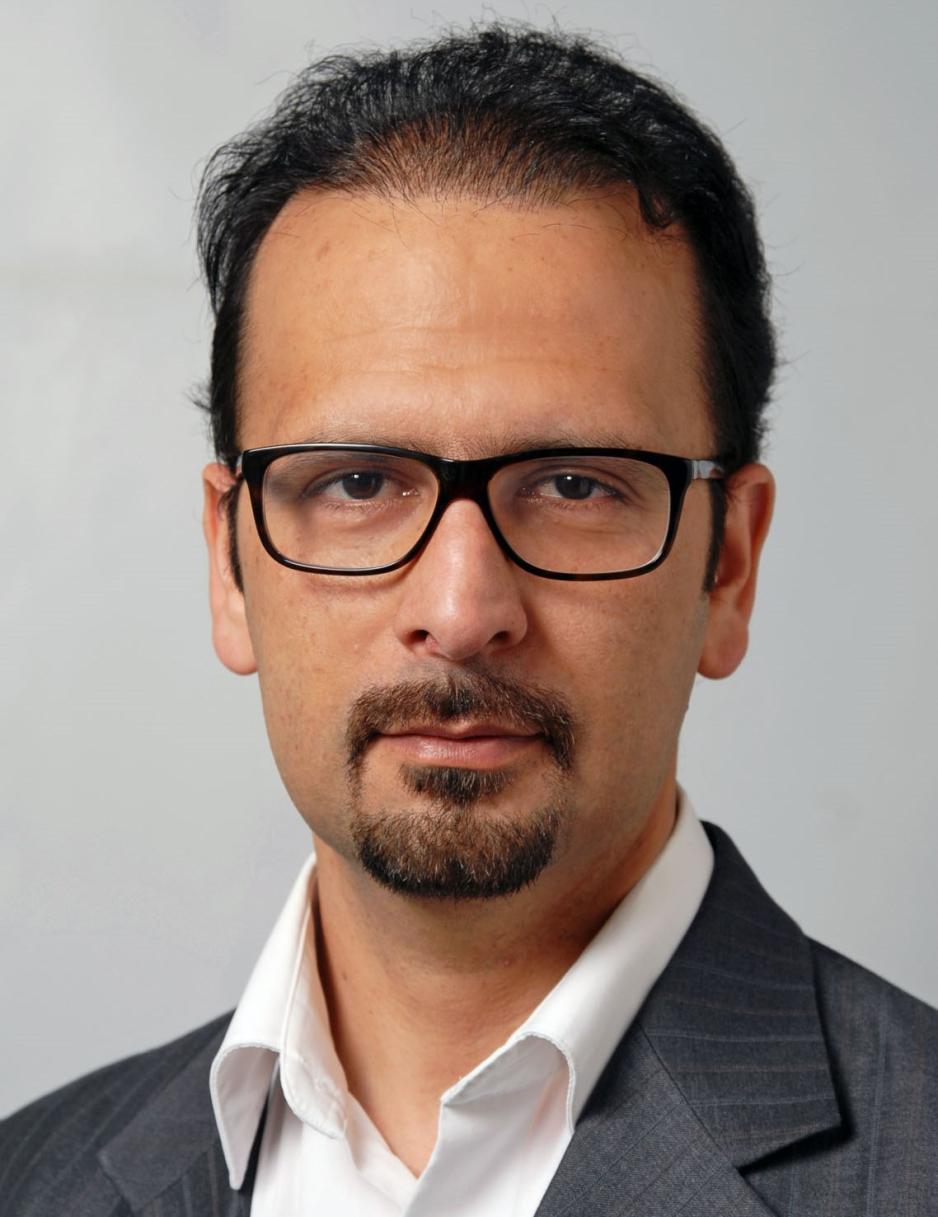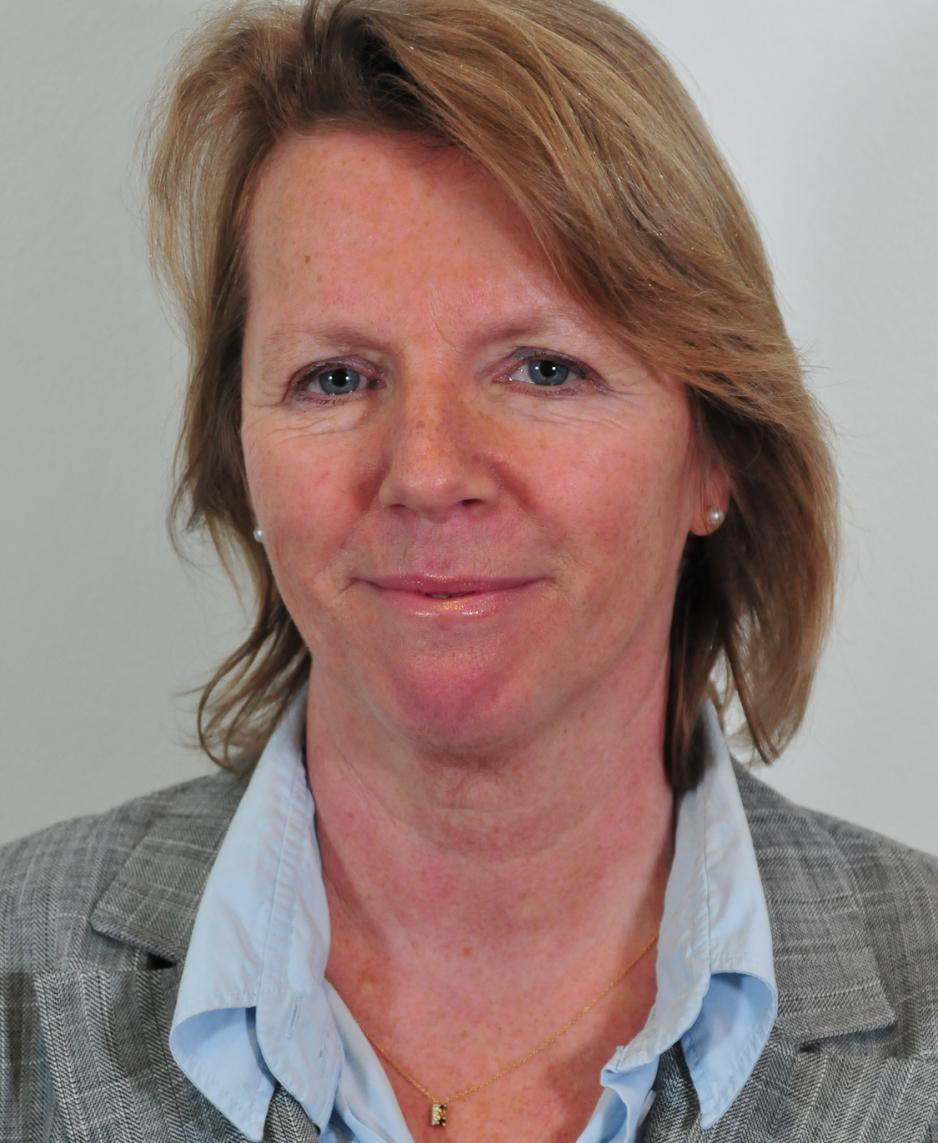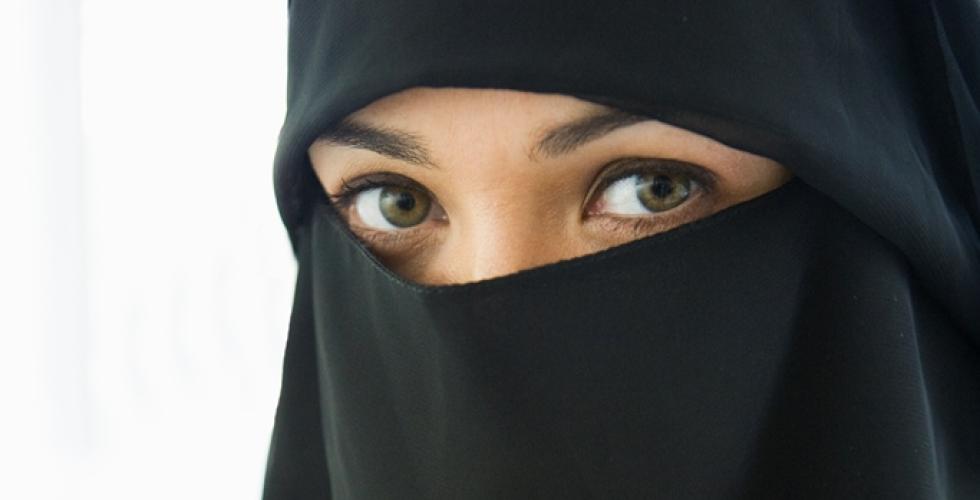“Banning the niqab sets back integration and gender equality”
The KIF Committee opposes the Norwegian Government’s proposal to ban full-face coverings in the higher education sector.

“Some young women might wear a niqab because they are forced to do so. If the government prevents them from wearing one at an educational institution, this will only lead to more oppression. Education is often their only chance to gain more independence.”
This is according to Sevil Sümer of the Uni Research Rokkan Centre, who is also a deputy member of the Committee for Gender Balance and Diversity in Research (the KIF Committee).
The KIF Committee submitted its consultative statement on the Government’s proposal to ban the niqab at educational institutions in September. (Links in Norwegian only).
The institutions decide themselves
In the proposal, the Government emphasizes that full-face coverings can impede effective communication in teaching situations. In Sümer’s view, the Government’s argument that the niqab restricts communication does not hold water.
“The Government uses the communication argument, but in the higher education sector we are talking about interaction between adults and situations in which direct face-to-face communication is not absolutely necessary. We need to ask ourselves who will be harmed by this type of ban and who has the least power.”
The KIF Committee believes that a ban can be relevant in some cases. Up to now, the institutions have used their own discretion in each case and engaged in dialogue with individual students and employees.
Read our previous article on the legal arguments for and against a niqab ban in academia.
Important to strengthen the position of women
In its consultative statement, the KIF Committee writes that a ban will negatively impact the recruitment of female researchers from countries with a large percentage of Muslims, who are already few in number in Norwegian academia.

Mahmood Amiry-Moghaddam, a member of the KIF Committee and a professor of molecular neuroscience at the University of Oslo, sees good arguments on both sides of the debate.
“The most important thing for me is to strengthen women’s position in society. When you forbid women to wear a certain kind of garment, you undermine their personal autonomy. Everyone should be allowed to dress in any way they choose,” he says.
In its statement, the KIF Committee emphasizes that universities and university colleges are an important arena for dialogue, development and discussion. Education is supposed to lead to empowerment – that is, give individuals the opportunity to influence their own situation. Amiry-Moghaddan elaborates on the committee’s view:
“If the result of the government’s rules is that women do not get an education, then the ban defeats its own purpose. When women are stronger socially, economically and politically, they can take decisions that cut across both culture and religion. We need to encourage this,” he states.
Sometimes the niqab is a protest
The proposed national ban applies to balaclavas, masks and niqabs. It is the niqab, however, that has been the focal point of the debate.
But it is not easy to generalize about women who cover their faces, according to Sevil Sümer.
“These women have various motives for using the niqab, and the degree to which they have chosen it for themselves varies as well. For example, it might be that ethnic Norwegians who convert to Islam cover themselves in this way in protest against society’s commercialization of the female body. As such, facial covering can be viewed as a form of protest, and it should be respected,” she states.
In its statement, the KIF Committee cites international research showing that Muslim women’s motives for wearing the niqab and burka vary a great deal. Some do it in protest, some as a counteraction, and others out of religious conviction. Still others are forced to cover themselves.
Sümer does not like to use the category “Muslim women”:
“I think it’s far too easy to generalize about ‘Muslims’ as a whole, and ‘Muslim women’ in particular. It’s just as meaningless and absurd to talk about ‘Christians’ and ‘Christian women’ as a homogenous group. There are very many women from Muslim countries who are opposed to facial covering and who actively work against it. Also within Islam, use of the niqab is widely discussed, and many believe it has nothing to do with Islam.”
“An important matter, even though it’s a marginal phenomenon”
So far 12 universities and university colleges have come out against the Government’s proposal, while Nord University and Østfold University College support the ban.
On 4 October 2017, several employees of the large Norwegian universities wrote an opinion piece in Aftenposten (in Norwegian only), Oslo’s daily newspaper, in which they oppose the position of their own university boards. One of those who signed the opinion piece was Gunn Elisabeth Birkelund, a professor in the Department of Sociology and Human Geography at the University of Oslo.

“I’m concerned about gender equality, both in academia and elsewhere in society, and full-face veils on women are a clear setback for gender equality. Luckily, facial covering is a relatively marginal phenomenon, but it’s a matter of principle,” says Birkelund.
For Birkland, establishing good communication is the most important reason for supporting the government’s proposed ban on the niqab.
“Full-face coverings hide a person’s identity, making it impossible to establish open communication and mutual trust. These factors are fundamental for much of the academic work we do. We wanted to use this opinion piece to convey to the general public, and to the politicians, that there are differing views about this topic at the universities,” she explains.
In the opinion piece, Birkelund and the other signatories also emphasized the importance of giving consideration to university lecturers and their ability to establish safe, trusting relationships. They believe this is jeopardized when individuals in the learning environment cannot be easily identified.
A symbolic matter for the Government
The consultative statement from the KIF Committee points out that the relationship between the majority and minority populations in France became significantly more divisive after the French government introduced a similar ban. Sümer says that the issue of facial covering is widely discussed in other parts of the world as well.
“In Turkey, where I am from, the debate about headscarves has been on the political agenda for many years. Turkish feminists have long fought for the right to education for all women in Turkey. They believe a ban on headscarves is a symbolic issue that is used by politicians for other purposes and that it’s just one more way to control women’s bodies.”
Sümer thinks something similar is happening in the Norwegian debate.
“It’s a symbolic matter. In reality, the ban will affect very few people, but it will be a way for the government, and especially for the Progress Party which is part of the coalition government, to play on people’s fear of ‘the other’. They are doing this to try to win a political victory,” Sümer says.
Translated by Connie Stultz.
In June of this year, it became clear that the Government wants to ban the use of full-face veils in all pre-schools and educational institutions such as schools, university colleges and universities. In its consultative statement, the KIF Committee has stated its opposition to a national ban in the sector. (Links are in Norwegian only).
The ban would apply to garments that cover the face, such as balaclavas, masks and niqabs. It would affect both public and private institutions, including universities and university colleges, and encompass students as well as employees.
Twelve universities and university colleges oppose the Government’s proposal to ban full-face coverings. Only Nord University and Østfold University College have given their support.

